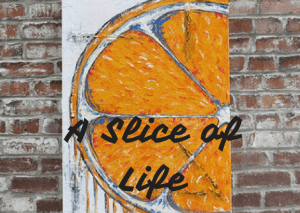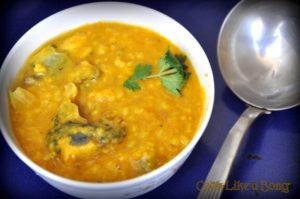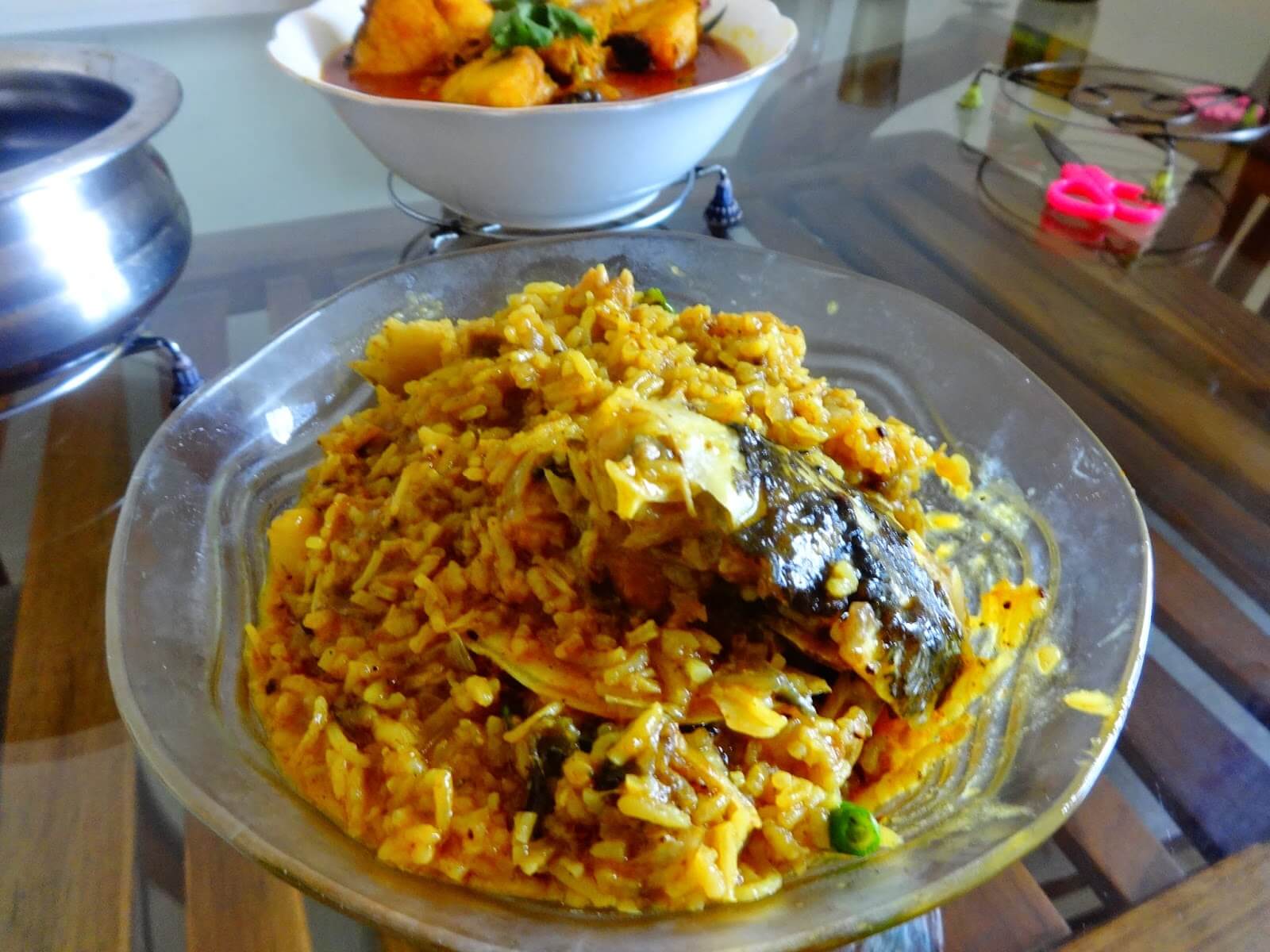Reading Time: 3 minutes
Ruchira tells us how vegetable peels, fish heads, unsued bones of fishes, etc are turned into finger licking delecacies in Bengali kitchens, reducing wastage. An exclusive for Different Truths.
 “Waste not, want not” goes an old saying. Good deal of sense in it, I think. It implies that optimum use of commodities like money or food, ultimately benefits an individual, a nation and this planet. This holds good for food lovers as well. Without any bias, I would like to state, Bengalis are past masters in this art. Almost anything and everything is food for them. From skin to core nothing goes waste.
“Waste not, want not” goes an old saying. Good deal of sense in it, I think. It implies that optimum use of commodities like money or food, ultimately benefits an individual, a nation and this planet. This holds good for food lovers as well. Without any bias, I would like to state, Bengalis are past masters in this art. Almost anything and everything is food for them. From skin to core nothing goes waste.
Consider vegetables that are consumed on a daily basis. It is a common practice among Bengalis to lightly sauté peeled skins of potato and bottle gourd (ghia /lauki/lau) with a dash of salt and turmeric. These become alur khola bhaja and lauer khola bhaja in that order.
Consider vegetables that are consumed on a daily basis. It is a common practice among Bengalis to lightly sauté peeled skins of potato and bottle gourd (ghia /lauki/lau) with a dash of salt and turmeric. These become alur khola bhaja and lauer khola bhaja in that order. Not sure what to do with the stems and thick base of your cauliflower? Don’t worry, chop them, sauté in mustard oil, and add a dash of light mustard paste, green chilies, turmeric and salt. And your kopir dantaa chorchori is ready. Almost everyone is familiar with the semi-dry mixed vegetable dish called Labra. This is virtually a potpourri for greens. You may use bits and pieces of vegetables, tips/crowns of radishes… well almost everything.
Coming to fish, the summum bonum of Bengalis’ existence, at weddings, banquets and socio-religious, a few large sized fish like rohu, katla, open up tremendous possibilities. From torso to the tail fin, the pieces find their way in to spicy delicacies like kalia, jhol jhaal, etc. Wait a minute. The entrails (internal organs) of the fish must not be wasted either. Consequently, the unused bones and other extracts are treated with spices and converted into Kantaa chorchori .
There are bound to be unused mudos lying around. These are taken up, broken into fragments and added to soupy lentils (daal). The end result is mudo diye dal
Mudo (fish head) is a special dish served to grooms and VIP guests at weddings,

for instance. There are bound to be unused mudos lying around. These are taken up, broken into fragments and added to soupy lentils (daal). The end result is mudo diye dal which is not served to guests, but is consumed by family members instead.
Likewise, Chhanchra is another item that helps you to put the surplus mudos to good use. It is cooked with pumpkin, pui shaak (a leafy vegetable) potato onion-garlic, panchphoran not forgetting pieces of fish head of course.
I must also mention the famous machher teller torkari (fish fat oily stuff), which is highly popular among fish lovers of my community. .
I must also mention the famous machher teller torkari (fish fat oily stuff), which is highly popular among fish lovers of my community. It is cooked with potato, brinjal, spindle gourd (parwal) and green chilies to form a semi-dry dish.
Sounds interesting, does it?
Photo from the Internet














